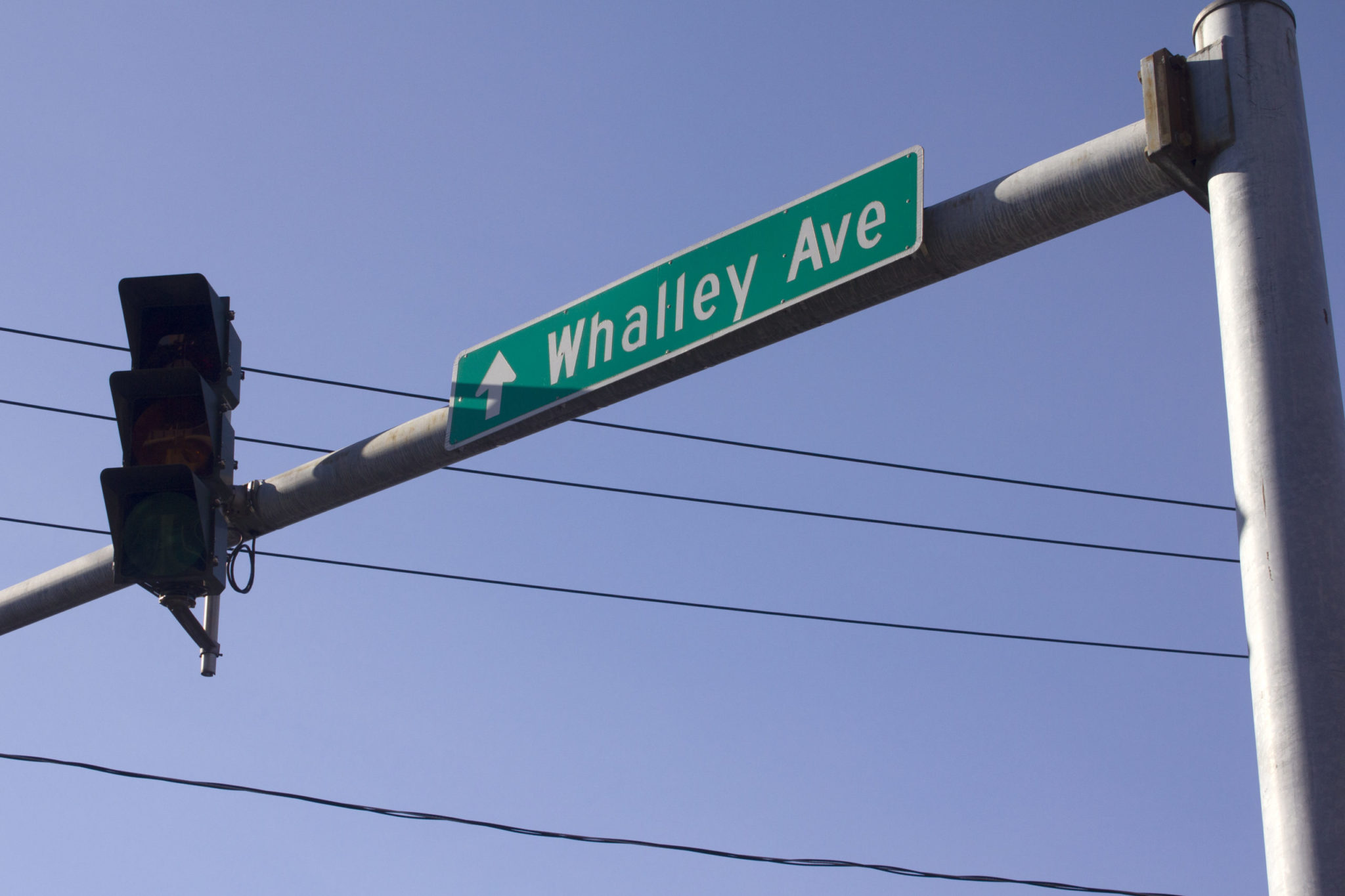
Paula Pineda, Staff Photographer
Whalley Avenue, one of New Haven’s busiest transit and pedestrian corridors, has long been a subject of controversy for traffic safety advocates and residents. City officials are now kicking off a process of re-imagining the district surrounding Whalley — sourcing local residents for their input through public meetings and a newly-launched online comment tool.
Last night, around 20 residents, many of them members of the Safe Streets Coalition of New Haven, gathered to give feedback to city officials and outline their visions of how Whalley Avenue should be designed in the future. The event was hosted by City Engineer Giovanni Zinn and Director of Transportation, Traffic and Parking Doug Hausladen, whose departments will oversee the design and construction of the Whalley Avenue Project. Mayor Justin Elicker and a slate of alders were in attendance to hear resident concerns and voice some of their own.
Residents expressed particular concern over safety for pedestrians, bikers and transit riders moving through the district, where traffic collisions and fatalities have been particularly prominent. Zinn echoed their sentiments, calling a safe and user-friendly Whalley one of the city’s “greatest challenges”.
“We’re about creating a street that fits the neighborhood,” Zinn said. “Pedestrian safety is priority one, two and three of this project — we’re putting a lot more emphasis on pedestrian and transit users, and other vulnerable users of the roadway.”
The bulk of the project’s design process will take place in 2021 based on community feedback, with a follow-up public meeting planned for May or June of this year. Any finalized improvements — which will likely include traffic calming infrastructure, repaved roads and safer crossings and sidewalks — will be funded through the CT Local Transportation Capital Improvement Program. The city has already secured $3 million for the Whalley project, and has requested an additional $2.5 million in order to ensure its completion.
The project, Hausladen said, will only include the city-controlled portion of Whalley, which extends between Ella T. Grasso Boulevard and Broadway, passing through Wards 2, 24, 28 and 29. His department is also working with state officials on other parts of the avenue and collaborating with CT Transit to redesign the area’s bus stations in order to improve Whalley’s function as a “major transit corridor”.
According to Zinn, the project’s safety improvements could bring new life to Whalley Avenue, “stitching” together the neighborhoods on its flanks and creating a walkable shopping district out of the area’s many businesses. For resident Rebecca Cramer, this would be a welcome change for the area.
“I just really want to envision a future where Whalley is a safer place for pedestrians,” Cramer said. “Right now, it sort of separates Beaver Hills from Edgewood. [Whalley] doesn’t feel like a main street that would be the center of the community because a lot of people are afraid to walk on it.”
Her husband James Cramer agreed, saying that Whalley could become a “secondary downtown … full of great businesses.”
Kai Addae, an organizer with the Safe Streets Coalition, said that she bikes on Whalley to access the area’s shops — such as her favorite grocery store, Edge of the Woods Market. Though she said she wished that turnout at tonight’s event could have been higher, Addae still believes this event moves the city in the right direction.
“I’m really glad that the city is starting to really look at really rebuilding and reshaping the street for everyone,” Addae said in an interview with the News. “I hope that even though they are making plans for the future, this doesn’t stop the city from really looking to implement quick fixes that protect people and save lives right now.”
One of the Whalley project’s most important components is an online comment tool recently developed by the city. The interactive mapping tool will allow residents to flag specific issues in their neighborhoods and react to ongoing project designs. The tool gives communities an opportunity to continuously give feedback to city departments — making the entire design process more transparent and accessible, Zinn said.
Beaver Hills Alder Brian Wingate expressed optimism about the project’s prospects while addressing Zinn and his team.
“Thank you for this presentation and giving us the space to give you some of our ideas,” Wingate said. “Hopefully, with your track record, they will come to fruition.”
New Haven’s Engineering Department is set to hold an online public input session for Valley Street on March 2.
Isaac Yu | isaac.yu@yale.edu







